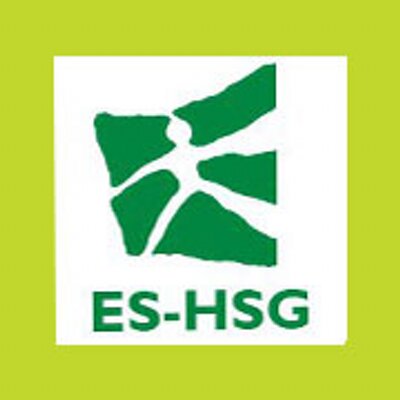- Managing people
Towards Gender Parity
A new report monitors the progress of female representation in business leadership and offers recommendations
“If Lehman Brothers had been a bit more Lehman Sisters … we would not have had the degree of tragedy that we had as a result of what happened.” Christine Lagarde, Managing Director, IMF, 2012
Although investment banking may be notoriously testosterone fuelled, Christine Lagarde touches on a broader truth. As well as being better at managing risk, it is well documented that diverse leadership teams perform better and achieve greater profitability across industry sectors.
A lot has been achieved as companies seek gender balance but progress is slow. The latest Advance & HSG Gender Intelligence Report provides valuable insight into how initiatives to improve female representation in business are progressing in an advanced western economy – Switzerland – and offers practical suggestions for all leaders and HR professionals.
…………………………………………………………………………………………………………………
Download the 2018 Advance & HSG Gender Intelligence Report here
…………………………………………………………………………………………………………………
The 2017 WEF Gender Gap Report ranks Switzerland in the top quartile in terms of gender diversity – slightly above the Netherlands and the USA, but slightly below France and the UK. It therefore provides a good model when investigating this critical issue.
The authors, Alkistis Petropaki from Advance Women in Swiss Business and Prof. Dr. Gudrun Sander of St Gallen University, analysed data on recruitment, departures and promotions from 238,700 employees (71,600 of those in management), from 50 Swiss-based companies. Their report is structured according to the three stages of the HR/employee life cycle: recruitment; promotion; and retention – which they see as the three main levers for achieving gender parity in the workplace.
On the downside: Too many talented women are still lost on the way to the top; whereas there is almost gender parity outside of management, 80% of senior managers and 70% of all managers are men; promotion processes still favour men – the gender gap becomes evident at the first level of promotion, from non-management to management.
However, some positive developments are reported: A positive trend in external hiring continues which is improving the pipeline; relatively more female managers are hired than already employed; a new trend shows an improvement in retaining women in the workforce and in management; a highlight is the high number of women returning after maternity leave.
What to do: Based on the results of their study, the authors entreat leaders to keep up the hiring efforts, focus on promotion processes, and follow these recommendations:
Set clear commitments and targets covering the employee life cycle
- Define KPIs to track progress – what gets measured, gets done
- Align management incentives to these targets
- Report on your progress
Implement un-biased promotion processes
- Develop transparent promotion criteria
- Include more than one decision maker
- Actively support women in their career development
- Empower male managers to be inclusive leaders
- Encourage flexible and part-time working for all and focus on results rather than presence
Become employer of choice for female talent
- Use unbiased language in your job advertisements
- Use targeted on-site events and authentic social media campaigns
- Leverage positive role model effects
- Make sure that women with potential are hired in order to fill the pipeline
…………………………………………………………………………………………………………………
Read the full report: Download the 2018 Advance & HSG Gender Intelligence Report here
Our Executive Education programmes are characterised by its high level of relevance for current practical issues, by drawing on the latest results in research.
ARTICLES YOU MIGHT LIKE
BOOK REVIEW
UCL’s Colin Fisher explains how to understand the invisible forces of group dynamics to build and lead high-performing teams
DEVELOPING LEADERS QUARTERLY MAGAZINE AND WEEKLY BRIEFING EMAILS


































